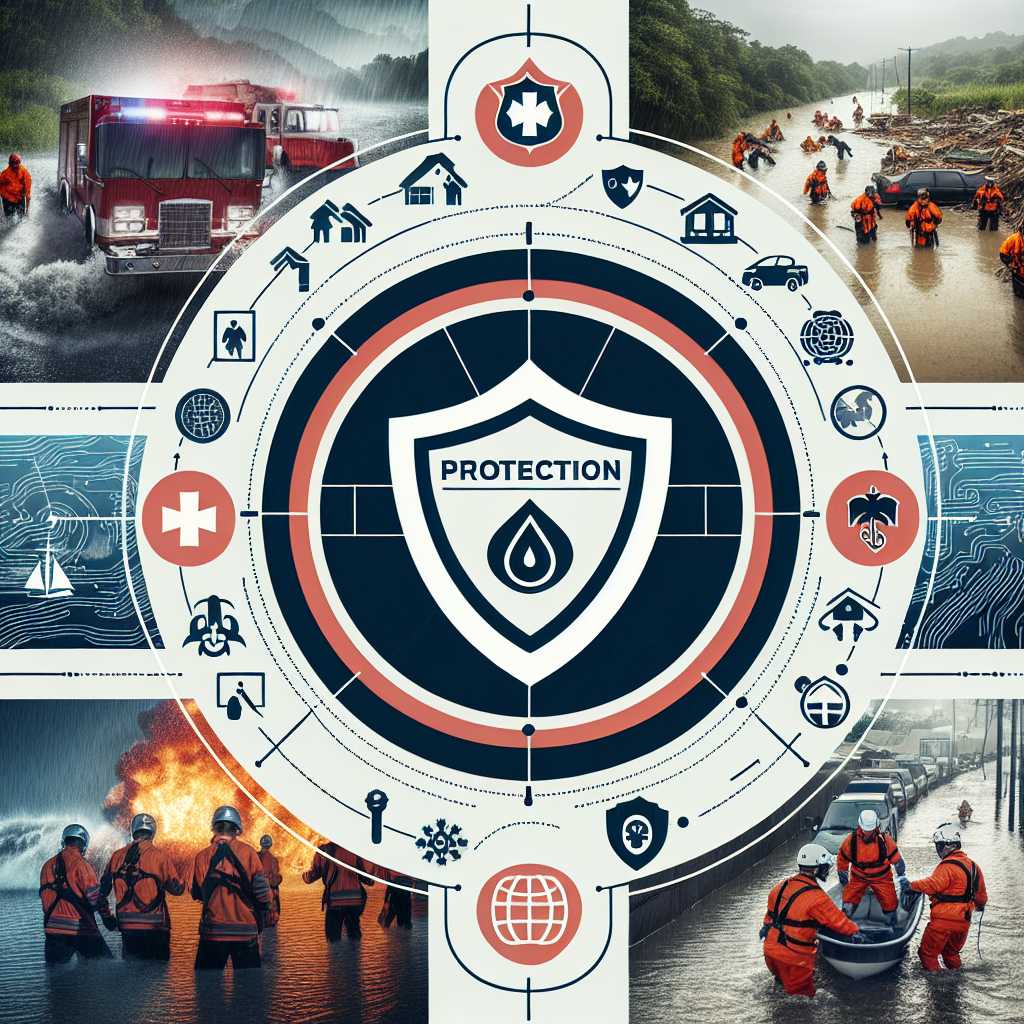Understanding FEMA: An Overview of the Federal Emergency Management Agency
The Federal Emergency Management Agency (FEMA) plays a pivotal role in coordinating responses to disasters across the United States, facilitating recovery efforts, and contributing to emergency management planning.
History and Mission of FEMA
FEMA, an agency of the United States Department of Homeland Security (DHS), was established with the primary mission to respond to, plan for, recover from, and mitigate against disasters. The agency was officially created in 1979 under Presidential Reorganization Plan No. 3 of 1978, although its roots can be traced back to congressional acts such as the Federal Civil Defense Act of 1950.
Disaster Response and Recovery
At the heart of FEMA’s operations is the disaster response and recovery process. When natural or man-made disasters strike, states may ask the President to declare a Major Disaster or Emergency for their affected area. Upon such a declaration, FEMA steps in alongside state and local agencies to provide financial assistance, physical support, and logistical aid.
Planning and Preparedness
FEMA’s emergency preparedness programs encourage individuals, businesses, and communities to be ready before disasters occur. This involves creating preparedness guidelines, offering training programs, and facilitating drills and exercises for an effective response.
Assistance Programs and Support
From individual assistance for housing and other needs to public assistance for rebuilding community infrastructure, FEMA offers myriad support measures. The agency also oversees funds distribution for various federally declared disaster types.
Mitigation Efforts
Flood risk mitigation is a significant part of FEMA’s role through the National Flood Insurance Program (NFIP). Beyond insurance, FEMA engages in hazard mitigation planning with local governments to reduce future loss of life and property due to disasters.
Technological Developments and Approaches
In recent years, FEMA has introduced technology as a focal point in improving its services, like developing mobile applications for easy access to resources and implementing GIS systems for better situational awareness.
Recent Challenges and Media Coverage
In light of severe weather events and the increasing frequency of natural disasters, FEMA frequently finds itself at the forefront of media discussion regarding its capabilities and handling of particular situations.
International Collaboration
While focused on U.S. domestic aid, FEMA also engages in international collaboration through knowledge sharing and technical assistance programs with countries experiencing significant incidents.
Criticism and Reform
Throughout its history, FEMA has faced various criticisms about its responsiveness, bureaucratic difficulties, and mismanagement during certain high-profile disasters. These events sometimes resulted in legislative reforms aimed at improving agency performance.
Budgeting and Resources
Understanding how funding flows into FEMA reveals much about its capacity to address disaster-related needs. Congress typically allocates funding through annual appropriations and supplemental appropriations following significant disasters.
Notes
*Image description: A graphic with the official logo of FEMA at the center; behind it, images representing disaster relief efforts such as rescue teams in action, flooded streets being cleared out, and a map with strategic points marked.*
